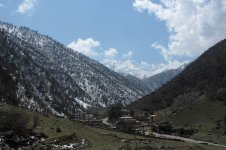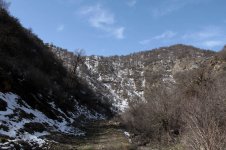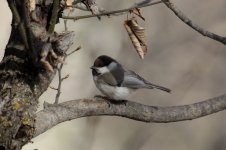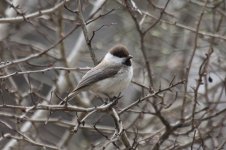9 April. Into the Desert, Touran.
The Dasht-e-Kavir desert, the wildest and most remote of Iran’s deserts, basically hundreds of square kilometres of salt flats, fringed by rock and tracts of sparse Zygophyllum vegetation. Very much an area I wished to travel through, the wilderness occupies a vast expanse of north-eastern Iran and is home to a mouth-watering array of exotica such as the world’s only Asiatic Cheetahs, Persian Wild Asses and the enigmatic Pleske’s Ground Jay.
Having hitch-hiked from Aliabad to the northern extreme of the desert, it was however with a certain degree of foreboding that I tackled this leg of my trip – as I stood at a lonely road junction waiting for a lift south, with 900 km of even lonelier road ahead, not only did I have no idea if there would be any cars using my intended route, but I was also only carrying two litres of water and, more importantly, did not have the required permit to visit Touran Protected Area, my first planned destination.
Two Hoopoes and a Laughing Dove kicked up dust, a Golden Eagle soared to the north. Adjacent, a little scrubby bush offered shelter to a couple of cross-desert migrants – one Red-breasted Flycatcher and one Semi-collared Flycatcher. How long would I share their company, I wondered. My hope was to get a lift to a desert village 80 km distant, then if no more cars walk the remaining 30 km to Touran. I would then monitor the road over the next day to see whether to push further south into the depths of the desert and exit via the south.
In Iran things have a tendency to work out even if you think they won’t – after a mere 20 minutes of waiting, a car came by and stopped, a smiling face appeared at the window and gestured me to get in. He was driving way to the south and could drop me at the Touran Protected Area! Well, that was a stroke of luck, now I’d even be able to do some desert birding before dark!
Dropping through the last mountains before the open desert, flocks of Chukar Partridge scuttled up the slopes and then the open expanse began, a most impressive roadsign warning of Cheetahs. It was time for me to bid my lift farewell and set off into the desert. Having no permit, my strategy was to absolutely avoid the reserve headquarters, a few kilometres down a side track, and to simply hike away from the road and generally stay out of sight. ‘Just nip back and photograph that sign first’, I thought. This decision was to be my downfall! Only a kilometre or two back, so off I went, Eastern Pied Wheatears and Desert Larks along the road, one singing Southern Grey Shrike. Just short of the sign, while I was a few dozen metres into the desert, a car happened to come by and immediately stopped. Uh oh, that was bad timing, a ranger!
Showing my passport didn’t pacify him too much and soon he was on the phone, two more rangers arriving in about ten minutes. Jeepers, I could see where this was going, I was about to be detained for the second time in two days! And sure enough, the police were called and half an hour or so later they arrived. After another bit of discussion, I was bundled into the car and 30 km we went, back to the village I had happily passed through earlier in the afternoon! Lots of discussion later, most of which none of us understood, they photocopied my passport, asked something about GPS which I prudently agreed I did not have and then they asked where I wanted to go. ‘Back to Touran’ I replied, ‘then south’. This did not seem a problem, so I then asked them to take me back …which, bearing in mind I still had no permit, they rather surprisingly agreed to do!
Ah, all’s well that ends well. The police guys drove me 30 km back, then looked rather bemused as I asked to be let out near the original Cheetah sign to finally take my photograph. I then hiked directly east away from the road, vanished over a ridge and for good measure hiked a couple of kilometres south too. No way the ranger could find me now! I set up my tent in a most attractive shallow wadi, then set out for a little late evening birding …as the sun was beginning to set, Desert Wheatears singing their scratchy songs, three Eastern Olivaceous Warblers flicking their tails in thickets and one stunning Orphean Warbler a bit of surprise.
I retired into my tent, a great place to spend the night, the wind rippling my flysheet, a Little Owl calling some way off.











